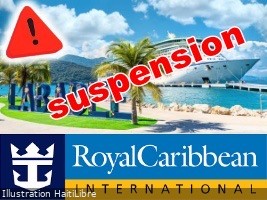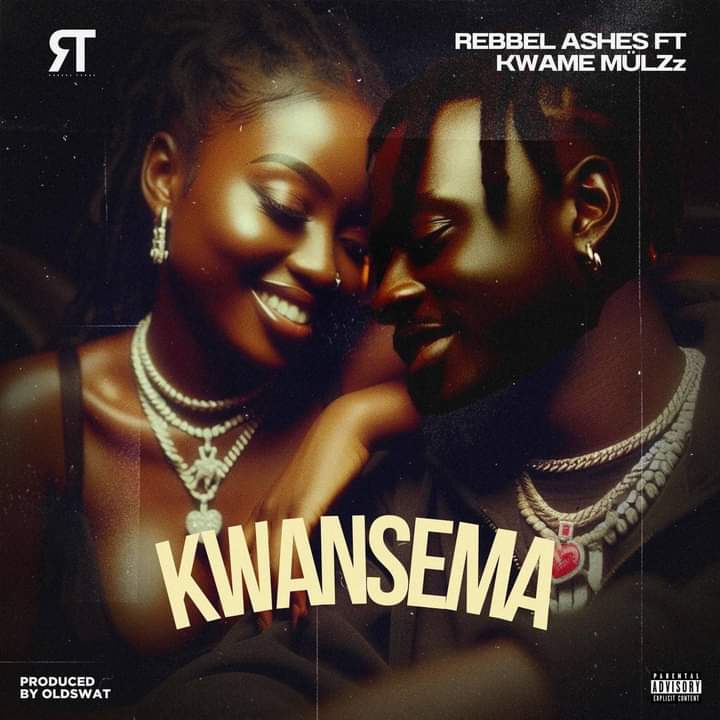It’s a compelling image by Gerald Annan-Forson, 76, a significant photographer of Ghana’s political history whose work is being shown in the United States for the first time, at the Howard University Museum in the Moorland-Spingarn Research Center.
“The exhibition comes out of an attempt to put [Annan-Forson’s] archive in historical context and … celebrate him as a documentarian, journalist and artist,” said curator Jesse Weaver Shipley, a professor of African and African American studies and oratory at Dartmouth College. “He’s someone who was one of the more important image makers in Ghana over the decades.”
Annan-Forson began his career as a freelance photojournalist in Ghana in the late 1970s, documenting political transitions and affairs of state in the West African nation, with a particular eye for intimate moments and more offbeat or unlikely compositions. He published his work in outlets including New African, West Africa, African Business and Essence.
The exhibition, a previous iteration of which was mounted at the Sharjah Art Foundation in the United Arab Emirates, includes nearly 60 larger photographs, roughly half of them black and white, plus some smaller ones displayed in cases, along with Annan-Forson’s camera equipment.
It opens with a photo from the 1979 military-to-civilian ceremonial handover that juxtaposes President Hilla Limann in a traditional kente cloth robe and Rawlings in his fatigues. Annan-Forson captured the shot so that Rawlings, seated behind Limann, appears almost perched on top of the incoming president’s head. It’s both uncanny and prescient in light of the fact that Rawlings would two years later seize power back from Limann in another coup — then rule the country for 20 years, first as military leader and then as a two-term democratically elected president.
“If this whole exhibition was one image, this [photo] tells a story of revolutionary Ghana, of hope, of violence, of possibility, of lost opportunity,” Weaver Shipley said, noting that it was also part of a wider “global moment” of 1970s idealism giving way to ’80s neoliberalism.
Other works allude to violence, such as a moving photo of Rawlings, in a formal officer uniform, helping carry the casket of a colonel killed in the June 1979 coup. A black-and-white image of a lone soldier keeping guard after the junta dynamited a market in Accra conveys an eerie desolation.
The photographer, who traveled from Accra for the exhibition’s opening, in an interview described the at-times-dicey moments behind some of the shots and how, as a freelancer, he sometimes felt like he didn’t have a choice in what he photographed under military pressure.
“It wasn’t an easy thing because the guns and I didn’t agree,” Annan-Forson said. “In many ways, I was afraid to say no, and at the same time I had to please people. … I’m the one with the camera. I’m shooting film — they are shooting bullets.”
The son of a Ghanaian father and a British mother, he was born in London and moved as a child to pre-independence Ghana (then Britain’s Gold Coast colony), where he became interested in photography at a young age.
“In 1958, I was in Ghana International School, and we learned to swim. Someone took a photograph of me, and when I got the photograph, I wanted to know how come there were sparkles on the water, why did I look like a silhouette, and so and so forth,” he recalled.
A 10-minute film featuring interviews with Annan-Forson at his home in Accra, interspliced with additional photos from his archive of some 200,000 negatives, helps convey a sense of his background and personality.
Amid the political upheavals, the photographer also captured scenes of everyday life in Ghana, from market traders and gold miners to people celebrating Ramadan and traditional dancers with antelope-horn headdresses. Pictures of world leaders, including visits to Ghana by Prince Charles and Pope John Paul II, as well as Rawlings’s meeting with Fidel Castro in Cuba, highlight the country’s international connections during the era.
The exhibition loses focus a bit in its second half, with a more disparate array of work and less of a clear narrative. More problematically, Rawlings’s 1981 coup and subsequent long-running rule aren’t explained, aside from a couple of brief mentions in the labels on photos of him campaigning for president in 1992 and lighting a flame on the 20th anniversary of the June 1979 coup. The lack of a wider treatment of this major figure’s political trajectory is confusing at best; at worst, a visitor might easily leave thinking democracy was restored in September 1979 and everyone lived happily ever after.
Even if some of the historical context is incomplete, however, the exhibition sheds important light on an intriguing period of political and societal transition in Ghana — through the lens of a photographer who deserves to be better known.
Gerald Annan-Forson: Revolution and Image-Making in Postcolonial Ghana (1979-1985)
Moorland-Spingarn Research Center, Howard University, 500 Howard Pl. NW. msrc.howard.edu. 202-865-8678.
Credit: Source link









